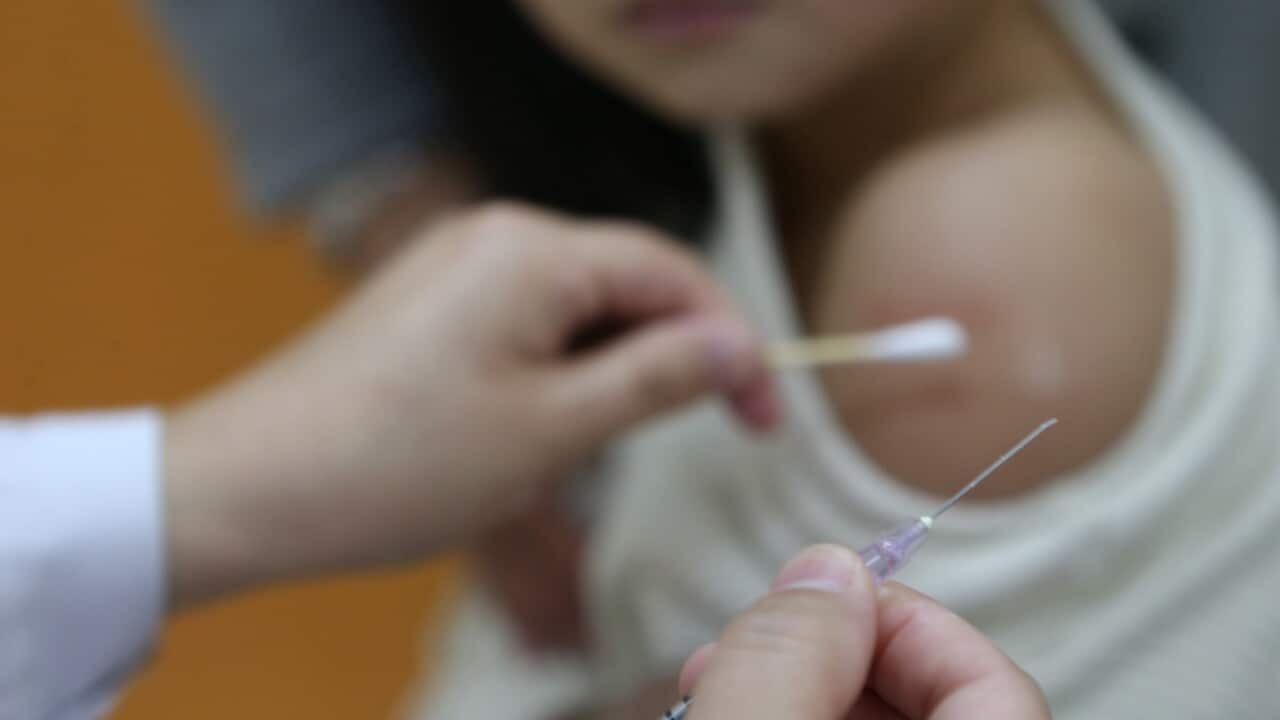NSW has confirmed the second case of diphtheria of the throat this century, also affecting a child.
The six-year-old in northern NSW is a close family contact of the first case announced on Saturday of a toddler, who remains in intensive care.
The newly diagnosed child, who was not vaccinated against diphtheria, is being cared for at a local health unit where they were admitted as a precaution.
Diphtheria is a contagious and potentially deadly bacterial infection. It affects the throat and tonsils in its most severe form, resulting in a greyish-white membrane forming that can make it hard to swallow and breathe.
The infection can also cause the neck to swell, according to NSW Health, while the toxin formed by bacteria can cause inflammation of the heart muscle and nerves. That can be fatal in five to 10 per cent of people infected.
Other close contacts of both young children have received post-exposure prophylaxis to reduce the risk of transmission.
Post-exposure prophylaxis can include antibiotics and immunisation.
There is no ongoing risk to the broader community but families should be alert and review their children's immunisation status, North Coast Public Health director Paul Douglas said.
"Diphtheria is very rare in Australia due to our longstanding childhood immunisation program. However, the disease has very serious outcomes and can be fatal," he said.
"The diphtheria vaccination is free and readily available from your GP for everyone from six weeks of age."
NSW Health updated its on the disease, advising the infection is "usually spread from respiratory droplets after an infected person has coughed or sneezed".
No other cases of diphtheria of the throat have been reported in NSW this century but less-serious cases have been reported on rare occasions. They have mainly involved skin infections.
Diphtheria was a common cause of death in children up until the 1940s but it now occurs mainly in countries with poor immunisation levels, according to NSW Health.
The infection is spread through coughing and sneezing, and can also spread by contact with contaminated surfaces.











